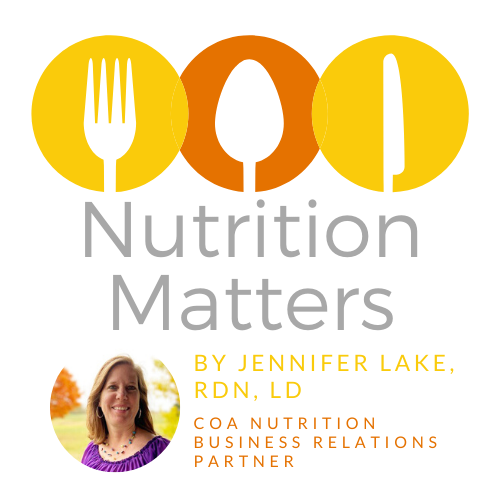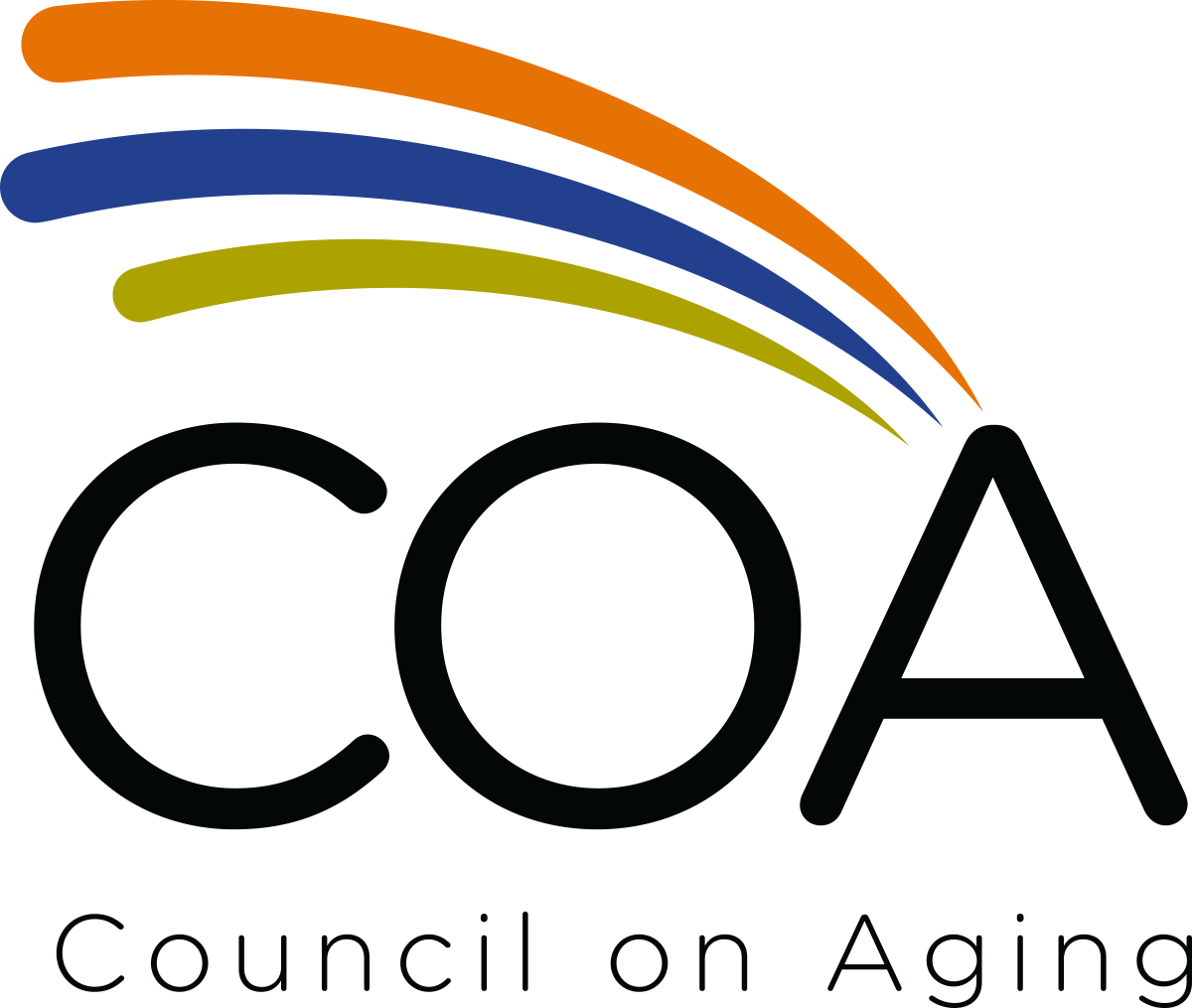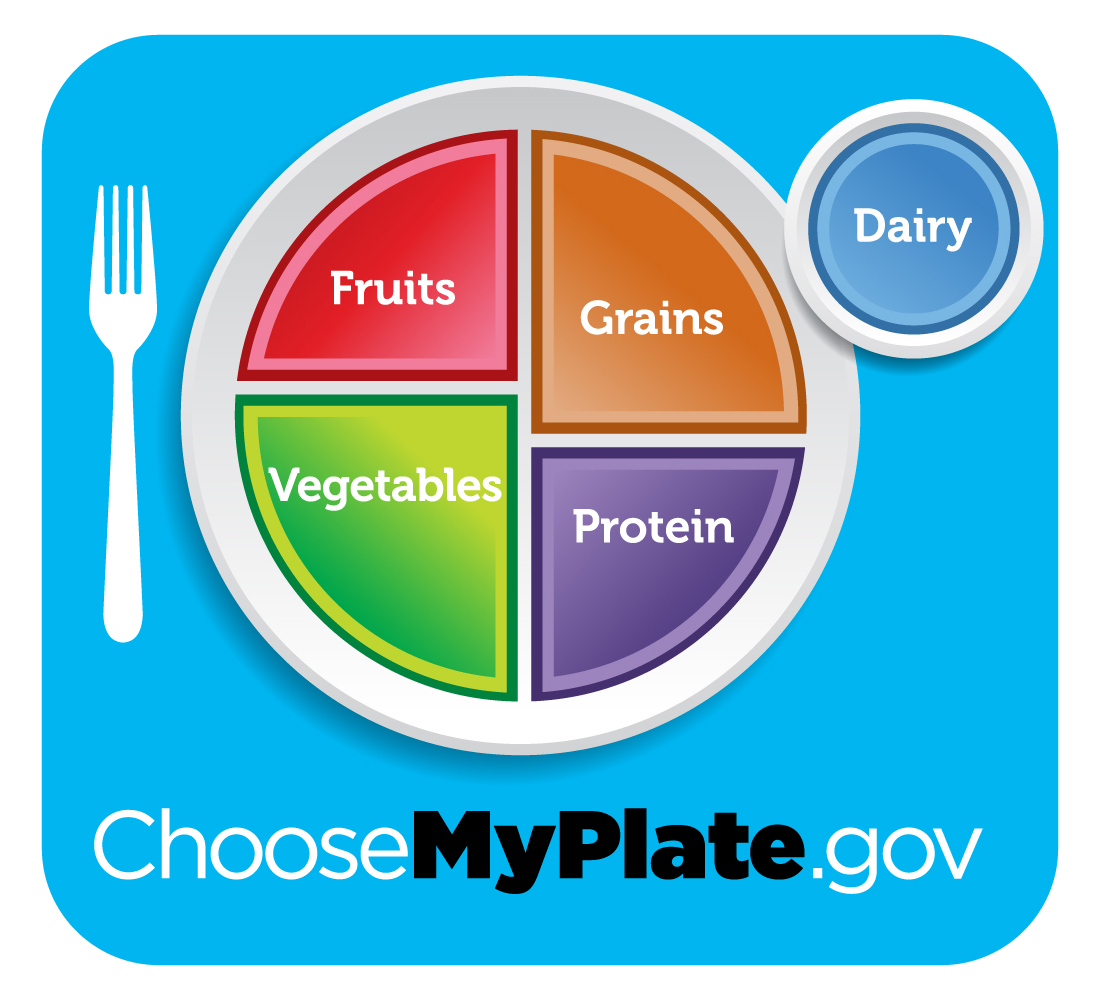News
Eat well to live well
November 6, 2019

By definition, nutrition is the process of providing or obtaining the food necessary for health and growth. The old saying “you are what you eat,” holds true when you look at this definition. If you eat well, you can live well. Nutrition is a common topic of conversation in our world. Every day we hear the latest trends in the news, on social media, from family and friends and even at places like the grocery store. It can all be overwhelming and confusing on what to follow.
As a Registered Dietitian, I would like to use this column to help you better understand your nutritional needs and explain current trends. My interest in nutrition began back in the seventh grade when I had to research the topic “what do you want to be when you grow up?” I discovered that Registered Dietitians are the nutrition experts. After completing the college education and training, I have worked in various settings: hospital, public health and nursing facilities. My current position with COA as Nutrition Business Relations Partner gives me the opportunity to share nutrition information, specific to your needs.
Did you know that our nutritional needs change as we age? Our bodies need different things when we are in our 60s, 70s, 80s and beyond, compared to when we were in our 20s, for example. Food provides nutrients you need as you age. Here are some tips to consider for better nutritional health:
- Drink plenty of fluids. Water is a great choice. Low fat or fat-free milk or 100% juice also help you to stay hydrated. Fluids help you digest foods, help you absorb nutrients and help you get rid of wastes. Tips for increasing your fluid intake include: drinking a full glass of water with any medicines you take (unless your doctor has you on a fluid restriction), drinking between bites of food at mealtime, drinking after using the restroom, and drinking before/after exercise or going outside.
- Eat the rainbow. Fruits and vegetables are packed with lots of vitamins and minerals. There are many different colors of fruits and vegetables and each one contains different amounts of what you need. Choose a different color of the rainbow as often as you can when selecting your
 fruits and vegetables. When was the last time you ate a vegetable what was yellow or orange? When was the last time you ate a fruit that was purple or green? Eat the rainbow: red, orange, yellow, green, blue, purple.
fruits and vegetables. When was the last time you ate a vegetable what was yellow or orange? When was the last time you ate a fruit that was purple or green? Eat the rainbow: red, orange, yellow, green, blue, purple. - Plan healthy meals and know how much to eat. You can find trusted information at https://www.choosemyplate.gov/ . The My Plate program shows you what your plate should look like. Half of your plate should be fruits and vegetables; the other half is split between grains and protein. You should also have a serving of dairy.
- Make eating a social event. Meals are more enjoyable when you eat with others. Consider inviting a friend to join you or check out a congregate meal location to share mealtimes with others.
In future newsletters, I will continue to present information on various nutrition topics that will include: how to read a nutrition label, portion sizes appropriate for your needs and current trends in the news.
Please contact Council on Aging at (513) 721-1025 for information on our home delivered meals program or the congregate meal program. If you attend a senior center or live in a senior housing complex, ask the director to schedule a nutrition education class with me.

